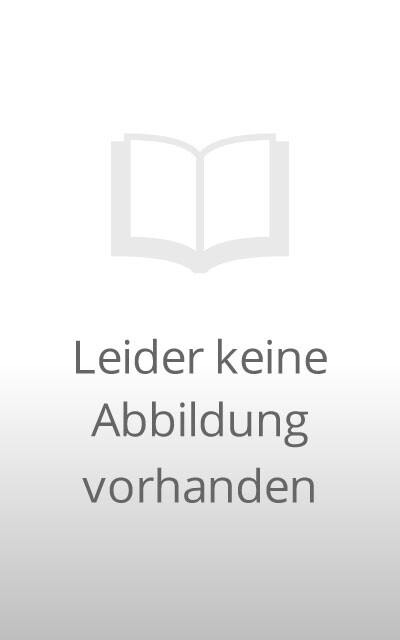
Zustellung: Mi, 09.07. - Di, 15.07.
Versand in 4 Wochen
VersandkostenfreiBestellen & in Filiale abholen:
Areas of intensive livestock production are currently facing a significant transformation process. In the context of climate change, the planetary boundaries, political conflicts and crises as well as a growing population, sustainable, effective and resilient agrifood systems need to be established. To achieve this goal, society, politics, the economy, agriculture and science are equally challenged. Only with a holistic, systemic and participatory strategy, a transformation of the existing system can be achieved. This book analyses the current transition processes as well as its drivers and barriers and gives examples for new integrated strategies, concepts, business models and developments for the livestock sector. Finally, the book indicates fields of action for the establishment of sustainable livestock farming. The book will appeal to stakeholders in science, society, economy, policy, agricultural industry, stakeholders in veterinary practice and agriculture.
Inhaltsverzeichnis
Chapter 1: Introduction. - Chapter 2: Changing the Goal from Maximizing Financial to Optimizing Sustainable Return on Investment for the Future of Livestock and Food Production, People, Ecosystems, and the Planet. - Chapter 3: Intensive livestock production: mechanisms and structures. - Chapter 4: Ecological footprint of livestock production. - Chapter 5: The transformation of livestock production in a globalised world barriers and opportunities. - Chapter 6: Public ethical discourse about livestock production. - Chapter 7: Systemic complexity makes the transformation a " wicked problem. - Chapter 8: Improving Animal Welfare and Animal Health. - Chapter 9: Economic and political competitive constraints to improving animal welfare. - Chapter 10: Introduction - The Relevance of maintaining the highest possible food safety standards in the transformation process. - Chapter 11: The Relevance of the highest possible biosecurity systems in the transformation process - Conclusion. - Chapter 12: Transformative change towards responsible water management and sustainable livestock production. - Chapter 13: Potential of functional plant diversity for climate resilience of grasslands. - Chapter 14: Upcycling food loss and waste to animal feed is essential for a circular and sustainable food system. - Chapter 15: By-products from agriculture and agro-food industry for livestock nutrition. - Chapter 16: Future livestock systems based on circularity. - Chapter 17: Specificities, changes and challenges of pig production in France. - Chapter 18: A dichotomous approach to extensive and intensive animal farming. - Chapter 19: Potential of digital technologies for transforming livestock production. - Chapter 20: Making sustainability our business: Entre- and intrapreneurial activities to develop new pathways for a sustainable agricultural sector. - Chapter 21: Transformation-Literate Citizens: Advancing Sustainable Development through Education. - Chapter 22: Consumer-oriented perspectives for sustainable animal products and consumption. - Chapter 23: The consumer as a change agent in the green transition of the food sector. - Chapter 24: The Role of Sustainable Food Labels in Transforming the Food System. - Chapter 25: Future requirements for animal husbandry structures. - Chapter 26: Areas of responsibilities (who has to take responsibility for what) for the well-being of food animals. - Chapter 27: How to govern the transition to sustainable animal husbandry in high-income open economies? . - Chapter 28: The Transformation Framework: Lessons Learned, Integrating Ecological Limits, Systemic Drivers, and Economic Viability. - Chapter 29: The transition of agri-food systems is a task for society as a whole. - Chapter 30: Multi-Stakeholder Governance in Agricultural Policy: Insights from the Commission on the Future of Agriculture in Germany. - Chapter 31: Sustainable transformation of intensive livestock production systems IS NOT a return to Old McDonald s farm .
Produktdetails
Erscheinungsdatum
08. September 2025
Sprache
englisch
Seitenanzahl
503
Herausgegeben von
Barbara Grabkowsky, Thomas Blaha
Verlag/Hersteller
Produktart
gebunden
Abbildungen
VIII, 503 p. 85 illus., 77 illus. in color.
ISBN
9783031978715
Entdecken Sie mehr
Bewertungen
0 Bewertungen
Es wurden noch keine Bewertungen abgegeben. Schreiben Sie die erste Bewertung zu "Intensive Livestock Production in Transition" und helfen Sie damit anderen bei der Kaufentscheidung.









